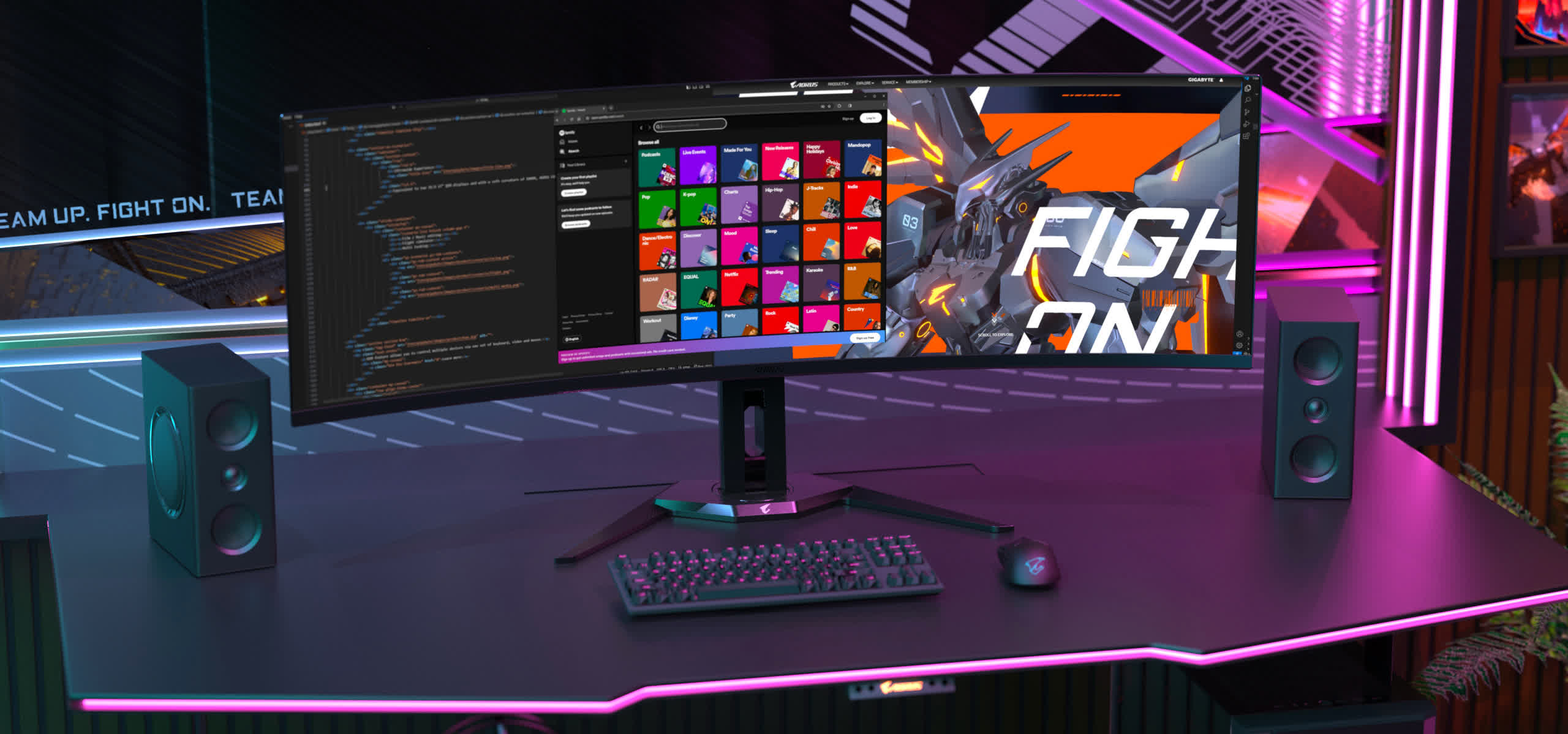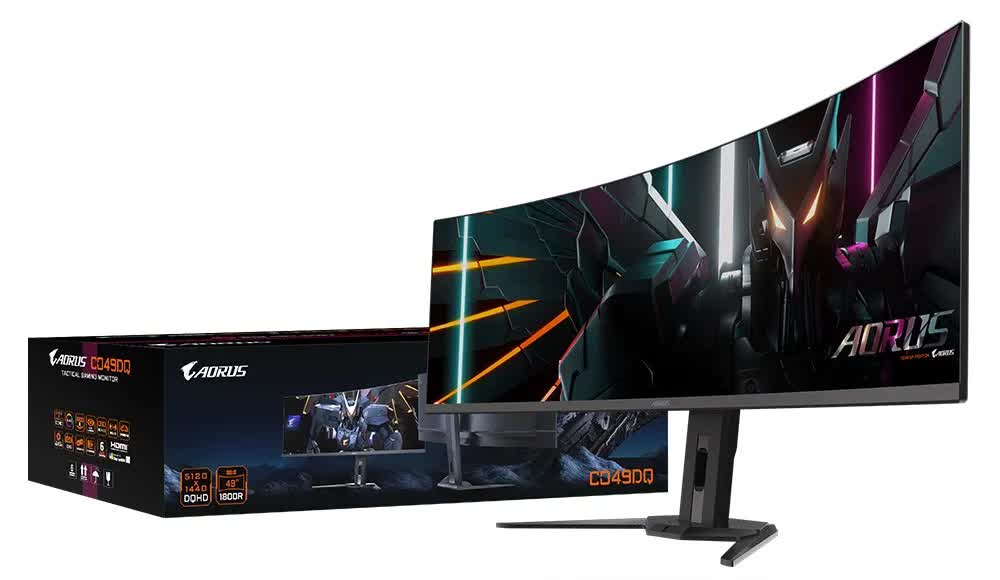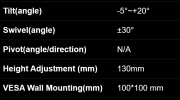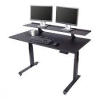In brief: We've seen plenty of companies shoehorning AI into their products, even when it isn't a good fit and not very useful. With Gigabyte's new curved QD-OLED gaming monitor, however, the technology is supposedly being used to help minimize the dreaded threat of screen burn-in.
The Aorus CO49DQ is joining the increasingly packed segment of giant gaming monitors. The 49-inch monster has a 5120 x 1440 resolution on its 1800R curved screen and offers plenty of gaming-focused specs, including a 144Hz refresh rate, 0.03ms GtG response time, and several gamer features such as crosshair.
The monitor also comes with a 10-bit color depth, a typical brightness of 250 cd/m² (1,000 nits for HDR content), and a contrast ratio of 1,500,000:1. The display is VESA DisplayHDR True Black 400 certified and covers 99% of the DCI-P3 color space.
The headline feature is the AI integration within the Aorus CO49DQ. Gigabyte says it uses an AI-based algorithm that can minimize the risk of burn-in problems, which can be an issue with OLEDs. The company says it does this via a series of OLED protection technologies such as Care+, usage time, pixel clean, static control, pixel shift, APL stabilize, and sub-logo Dim. Many other OLED monitors/TVs offer the same or similar features, so it will be interesting to see if combining them with AI smarts makes burn-in less likely to occur.
The Aorus CO49DQ has a good port selection: two HDMI 2.1, DisplayPort 1.4 with HBR3, USB Type-C with 18W PD and a USB hub with one USB upstream and two USB 3.2 downstream. There's also a headphone jack.
Other features include a KVM switch for those who like to quickly switch between multiple devices while using the same keyboard and mouse. The feature works alongside the Picture-in-Picture (PiP) and Picture-By-Picture (PbP) modes.
Another compelling element in the Aorus CO49DQ is the way the monitor uses a built-in power supply (72W AC power input) rather than an external power brick, which is always welcome. It offers swivel and tilt adjustment (no height adjustment) and has a 100 x 100 VESA mount.
No word yet on the launch date or all-important price. For comparison, the similar Asus ROG Swift OLED PG49WCD has a $1,300 MSRP, so don't be surprised if the Gigabyte Aorus CO49DQ is around the same amount.
https://www.techspot.com/news/101150-gigabyte-49-inch-qd-oled-gaming-monitor-useed.html




